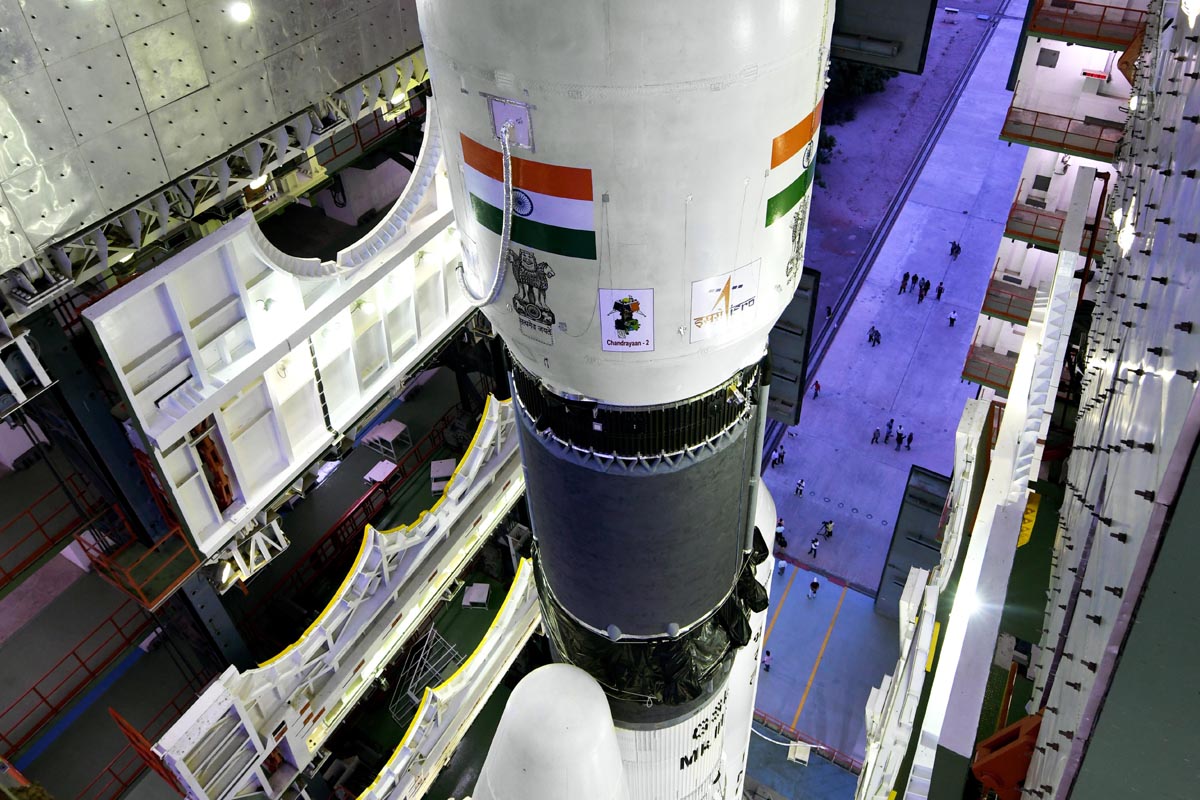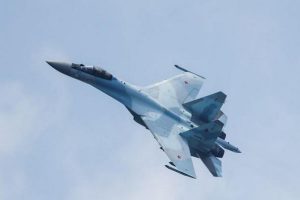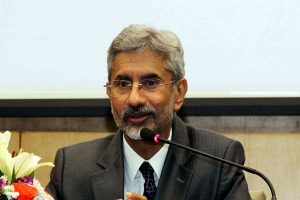Fifty-eight years after Yuri Gagarin, the Soviet cosmonaut, became the first human being to orbit the Earth, and 50 years after the American astronaut, Neil Armstrong, landed on the moon, the Indian Space Research Organisation amidst much hoopla and in the presence of President Ram Nath Kovind and more than 5,000 invited spectators, scheduled the launch of India’s second lunar mission, Chandrayaan-2, at 2.50 am on 15 July.
Fifty-six minutes before the scheduled lift-off, it was aborted due to a snag in its cryogenic engine. Success and failure is common to all space-faring nations, but the failure of Chandrayaan-2 to take off as scheduled is a serious letdown to Prime Minister Narendra Modi’s last Independence Day speech from the ramparts of the Red Fort in Delhi announcing that the nation will have its first manned space mission in 2022, the 75th year of Independence.
Advertisement
ISRO drew up a Rs 10,000-crore plan to send a three-member crew into space on a sevenday mission. Chandrayaan-2 has been rescheduled to be launched on 22 July at 2.43 pm. ISRO may shrink the original 17-day period the spacecraft was set to go around the earth before being put on course to the moon so as to keep the landing position and schedule intact.
The vehicle chosen for the manned mission is GSLV Mark III, the same that was used in Chandrayaan-2 to drop a rover on the moon’s South Pole where no country has gone before. Unlike the Polar Satellite Launch vehicle, which has carried out at least 45 successful launches and earned the reputation of being ISRO’s dependable work horse, the GSLV M-III is yet to be operationalised.
On hearing the Prime Minister’s last Independence Day speech, G Madhavan Nair, former ISRO chairman, said India has to go miles and miles before thinking of a manned space flight. “It seems the Prime Minister has bitten more than what he could chew. He could have been made to believe about the feasibility of such a mission by ISRO scientists,” Madhavan Nair said.
The GSLV M-III should be made foolproof first and obtain man-rating, a term used to measure the safety and credibility of the launch vehicle meant for manned space mission. The global standard of man-rating is extremely stringent. The last three decades witnessed the Indian space programme making extraordinary progress in perfecting its launch vehicle technology despite the official and unofficial embargo imposed on the country by certain powers, particularly the USA, from getting international cooperation of any kind.
Two feats still remain elusive to ISRO: manned mission to space and the dream of establishing a permanent hub in space like the International Space Station owned and operated by a consortium of nations including the USA, Russia, Japan, Canada and the European Space Agency.
ISRO will no doubt achieve these two feats also, but in its own time and not under any pressure nor for any partisan gain.











